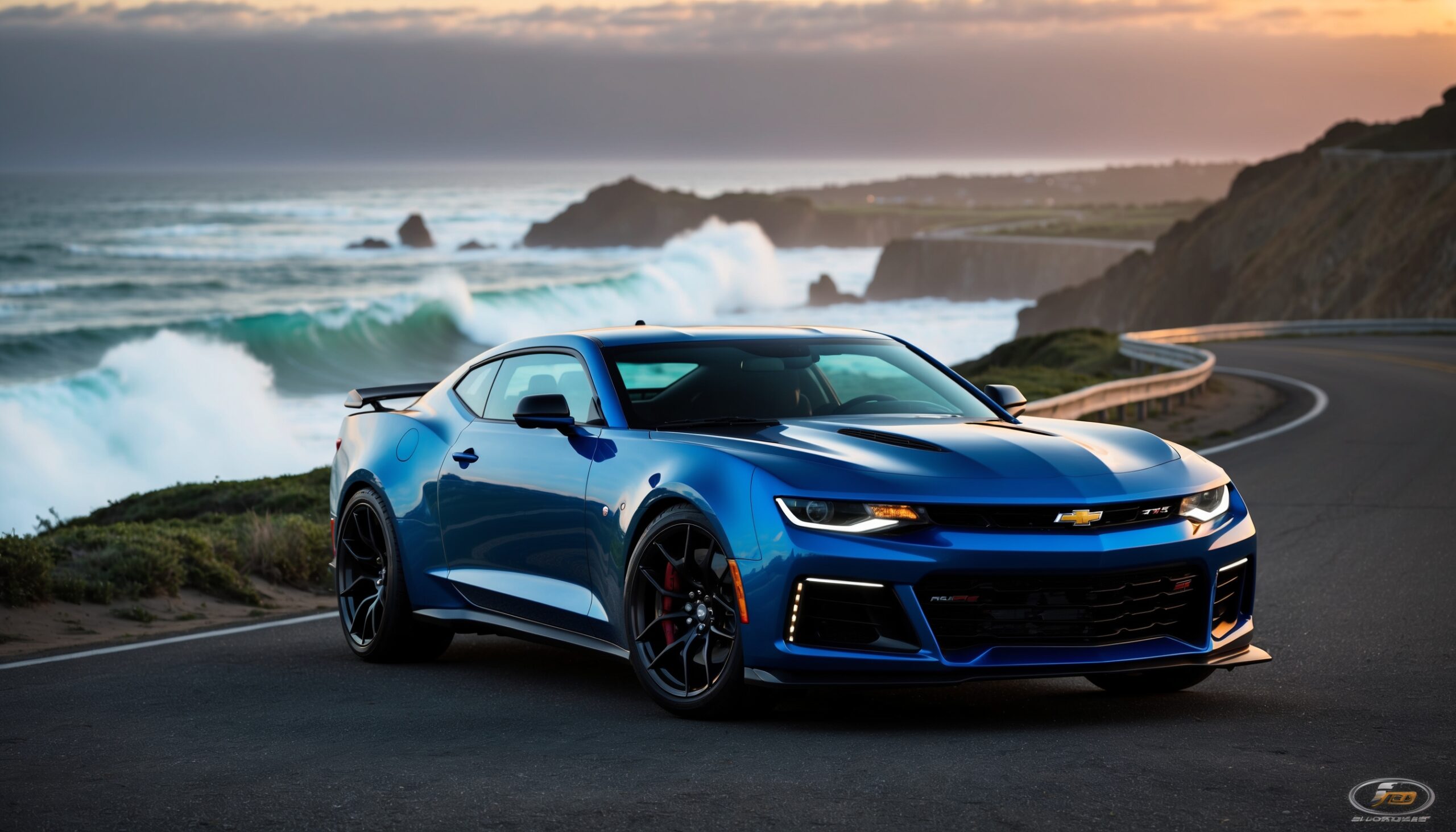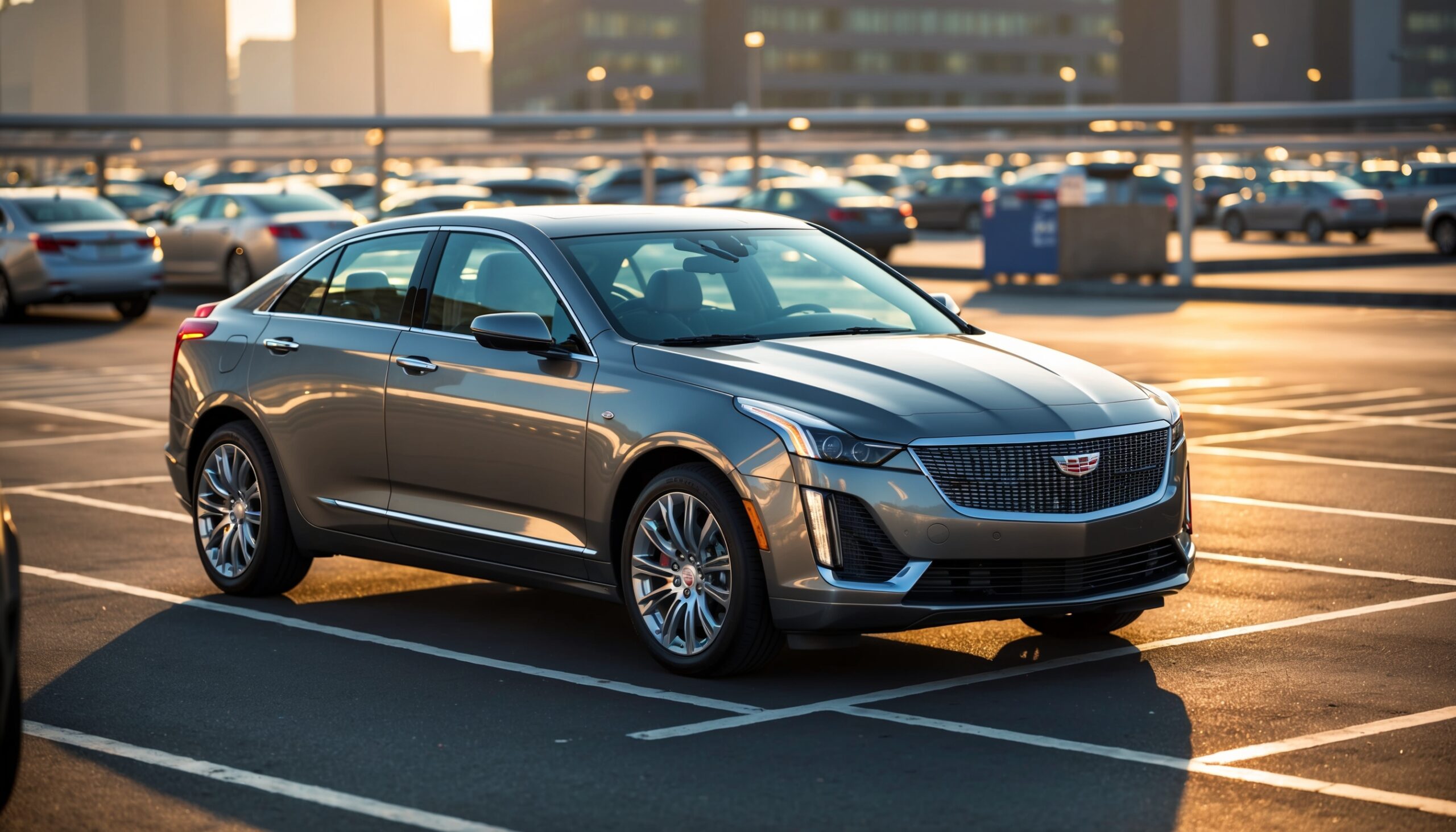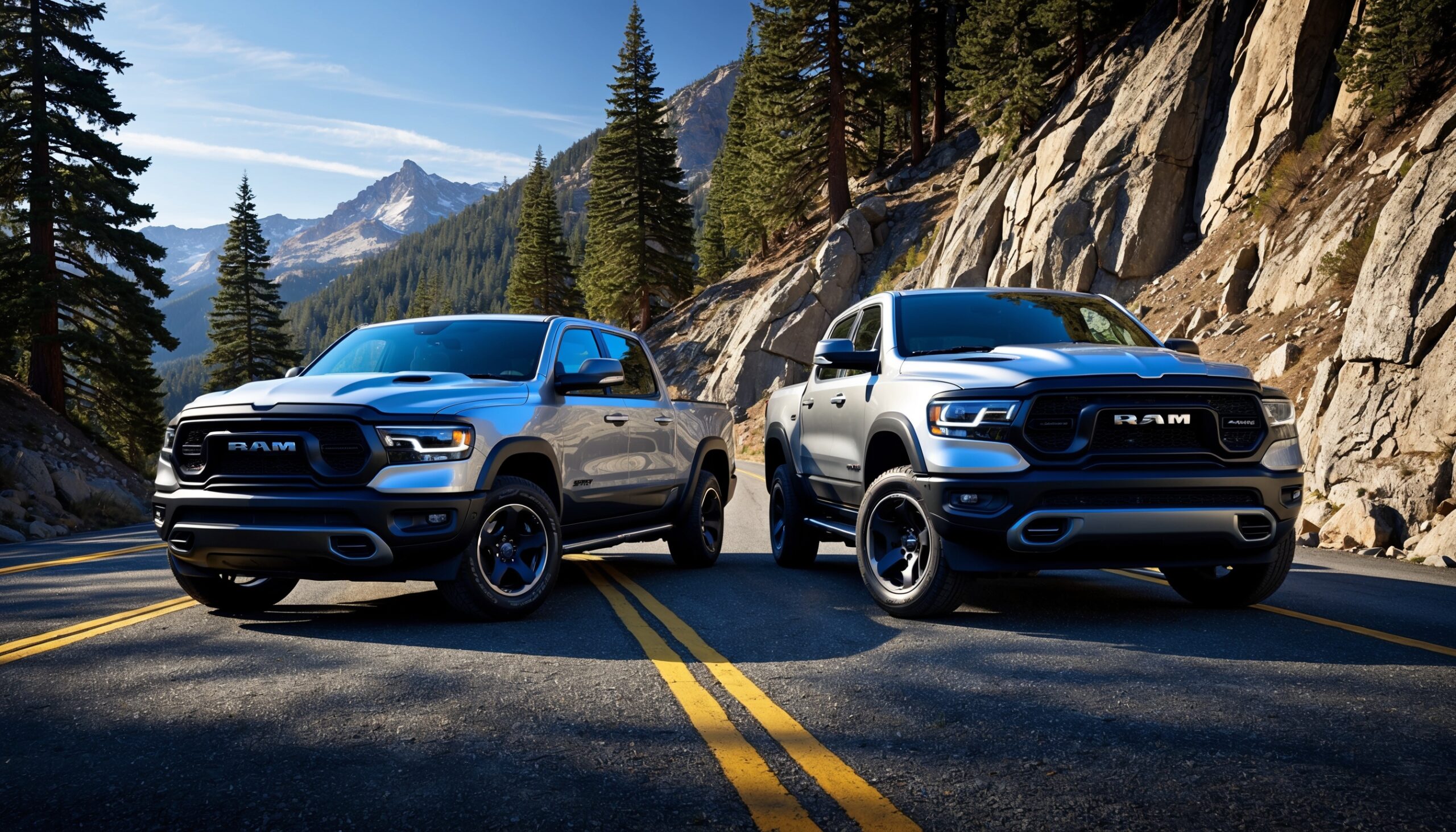Mazda’s Rotary Sports Car Revival Faces an Uncertain Future
For decades, Mazda has held a unique place in the hearts of automotive enthusiasts, primarily due to its pioneering work with rotary engines. The Wankel engine has become synonymous with Mazda, especially with iconic models like the RX-7 and RX-8. Recently, there’s been a resurgence of interest in rotary technology, and whispers of a new rotary sports car have ignited excitement among fans. However, as we dive deeper into the development and the challenges faced by Mazda, it becomes clear that the future of this revival is far from certain.
The Allure of the Rotary Engine
Before we explore the current landscape, let’s take a moment to appreciate why the rotary engine has captivated so many. Unlike traditional piston engines, the rotary engine operates using a triangular rotor that moves in an epitrochoidal motion. This design allows for a more compact engine, fewer moving parts, and a unique power delivery that many enthusiasts find exhilarating.
- Lightweight and Compact: The rotary engine’s design allows for a smaller footprint, making it ideal for sports cars where weight distribution is crucial.
- Smooth Power Delivery: The engine produces a continuous power stroke, resulting in a seamless driving experience that enthusiasts crave.
- High RPM Capabilities: Rotary engines can rev higher than traditional engines, providing thrilling performance that appeals to those who love speed.
These characteristics helped the RX-7 and RX-8 earn a legendary status in the automotive world, especially among those who appreciate the quirks and unique characteristics of rotary engines. However, as emission regulations grew stricter and fuel efficiency became a priority, Mazda faced significant hurdles in continuing to develop their rotary technology.
Back to the Future: The RX Vision Concept
Fast forward to the Tokyo Motor Show in 2015, where Mazda unveiled the RX Vision concept car. This stunning sports car, with its sleek lines and aggressive stance, rekindled hopes for a new rotary-powered vehicle. The RX Vision was not just a design exercise; it signaled Mazda’s intent to bring back the rotary engine in a modern format. The concept car featured an advanced version of the rotary engine, dubbed the Skyactiv-R, which promised improvements in efficiency and emissions.
Car enthusiasts around the world were electrified. Here was a chance to see the rotary engine return, potentially in a new sports car that could rival the likes of Porsche and Ferrari. But as time progressed, questions began to arise regarding the feasibility of such a project. Would Mazda be able to overcome the technical challenges? Could they meet stringent emissions regulations without sacrificing the performance that makes rotary engines so special?
Technical Challenges and Emission Regulations
One of the significant obstacles Mazda faces in reviving the rotary engine is the stringent emission regulations imposed by governments worldwide. The rotary engine has historically struggled with fuel efficiency and emissions compared to its piston counterparts. While the Skyactiv technology aims to address some of these issues, it remains to be seen if it can meet modern standards.
A few key challenges include:
- Fuel Efficiency: Rotary engines tend to consume more fuel than traditional engines, which is a significant issue as consumers and regulators alike demand greater efficiency.
- Emissions Control: The design of the rotary engine can lead to higher levels of unburned fuel, making it difficult to comply with increasingly strict emissions standards.
- Heat Management: Rotary engines generate a unique heat profile that can complicate the cooling process, necessitating advanced engineering solutions.
These challenges require innovative engineering solutions and significant investment, which raises questions about Mazda’s willingness and ability to commit to a rotary revival in the current automotive landscape.
The Hybrid Solution: A Step Towards Revival?
Recent rumors suggest that Mazda may explore a hybrid approach to the rotary engine, integrating it with electric powertrains. This strategy could potentially allow the rotary engine to serve as a range extender, similar to how BMW used the Wankel engine in the i3 REx. By pairing the rotary engine with electric motors, Mazda could mitigate some of the challenges associated with emissions and fuel efficiency.
Not only would this help comply with regulations, but it could also enhance the performance characteristics of a new sports car. Enthusiasts have often lamented the loss of the visceral driving experience that comes from a traditional rotary engine, but a hybrid setup may offer a balance of power and efficiency that is more palatable in today’s market.
Market Dynamics and Consumer Trends
Another factor influencing the future of Mazda’s rotary sports car revival is the changing landscape of consumer preferences. As the automotive industry shifts towards electric vehicles (EVs) and more sustainable options, the demand for traditional sports cars may be waning. Electric sports cars like the Tesla Roadster and Porsche Taycan have begun to redefine performance standards, which puts additional pressure on manufacturers like Mazda to innovate.
Also Read: Porsche Patented a Way to Make Tunnel Rips Even Better
However, the internal combustion engine still holds a special place in the hearts of many car enthusiasts. Brands that successfully blend modern technology with traditional performance have the potential to draw in a dedicated audience. Mazda’s challenge will be to create a product that resonates with this audience while also appealing to a broader market concerned with sustainability.
What Enthusiasts Want
As we look toward the future, it’s essential to consider what car enthusiasts truly desire. The revival of the rotary engine isn’t just about nostalgia; it’s about the driving experience. Enthusiasts want a sports car that offers:
- Engaging Driving Dynamics: A sports car must provide a thrilling and connected driving experience, something that rotary engines have historically excelled at.
- Performance: Power and acceleration are paramount. Enthusiasts want a car that can hold its own against established rivals.
- Heritage: The legacy of the rotary engine is significant, and many fans are eager to see how it can be modernized while still respecting its roots.
Mazda has a unique opportunity to tap into this sentiment, but it must navigate the complexities of modern automotive engineering, consumer preferences, and regulatory landscapes. The balance between innovation and tradition will be crucial in shaping the future of Mazda’s rotary sports car.
The Competition
As Mazda contemplates its next steps, it cannot ignore the competitive landscape. Many manufacturers are investing heavily in electric powertrains and hybrid technologies. Brands like Porsche and Ferrari are leading the charge with their hybrid supercars, demonstrating that performance and sustainability can coexist. If Mazda is to succeed, it must recognize the innovations happening in the industry and find a way to stand out.
Also Read: This Company Made a Ferrari 599XX Race Car for the Road. It Rules
Furthermore, emerging brands such as Rimac are redefining what a sports car can be with cutting-edge electric technology and performance. Mazda’s rotary revival will need to position itself as not just a nostalgic return but as a relevant and exciting option in a rapidly changing market.
Time Is of the Essence
As we move further into the 2020s, time may be running out for Mazda to capitalize on the nostalgia and excitement surrounding the rotary engine. Car enthusiasts are eager for new models, but they are also becoming increasingly impatient. The longer Mazda waits to make a definitive move, the more likely it is that interest may wane.
Moreover, as more manufacturers pivot towards fully electric vehicles, Mazda risks being left behind if it cannot find a way to innovate within the rotary framework. The automotive industry is rapidly evolving, and the future belongs to those who are willing to take risks and embrace change.

The Enthusiast Community
One of the most significant assets Mazda has in its corner is its passionate community of enthusiasts. From car clubs to online forums, the rotary engine has a dedicated following that remains engaged and hopeful for its return. This community has been integral in keeping the spirit of the rotary alive, often discussing its merits and sharing stories of their own experiences with Mazda’s rotary-powered vehicles.
Engaging with this community will be vital for Mazda as it navigates the future of its rotary sports car. By listening to the desires and feedback of enthusiasts, Mazda can craft a product that resonates deeply with its audience. Social media, fan events, and direct engagement can help foster a sense of connection, ensuring that the revival of the rotary engine feels like a collective effort rather than just a corporate decision.
The Road Ahead
As we look to the future, it’s clear that Mazda’s rotary sports car revival is fraught with challenges. The intersection of technology, regulations, and consumer demands creates a complex landscape that requires careful navigation. Yet, the potential rewards are significant. A successful return of the rotary engine could solidify Mazda’s position as a pioneer in the automotive world, captivating existing fans and drawing in new enthusiasts.
In the end, the future of Mazda’s rotary sports car remains uncertain. Will they find a way to overcome the obstacles that stand in their way? Can they innovate while respecting the legacy of the rotary engine? Only time will tell. As automotive enthusiasts, we can only hope that Mazda continues to pursue this dream and, in doing so, brings back the spirit of the rotary engine for a new generation of drivers.
At Torque Feed, we will keep our fingers on the pulse of Mazda’s developments, eager to share updates with our fellow car enthusiasts. The revival of the rotary engine is a story that deserves to be told, and we are excited to see how it unfolds in the coming years.












